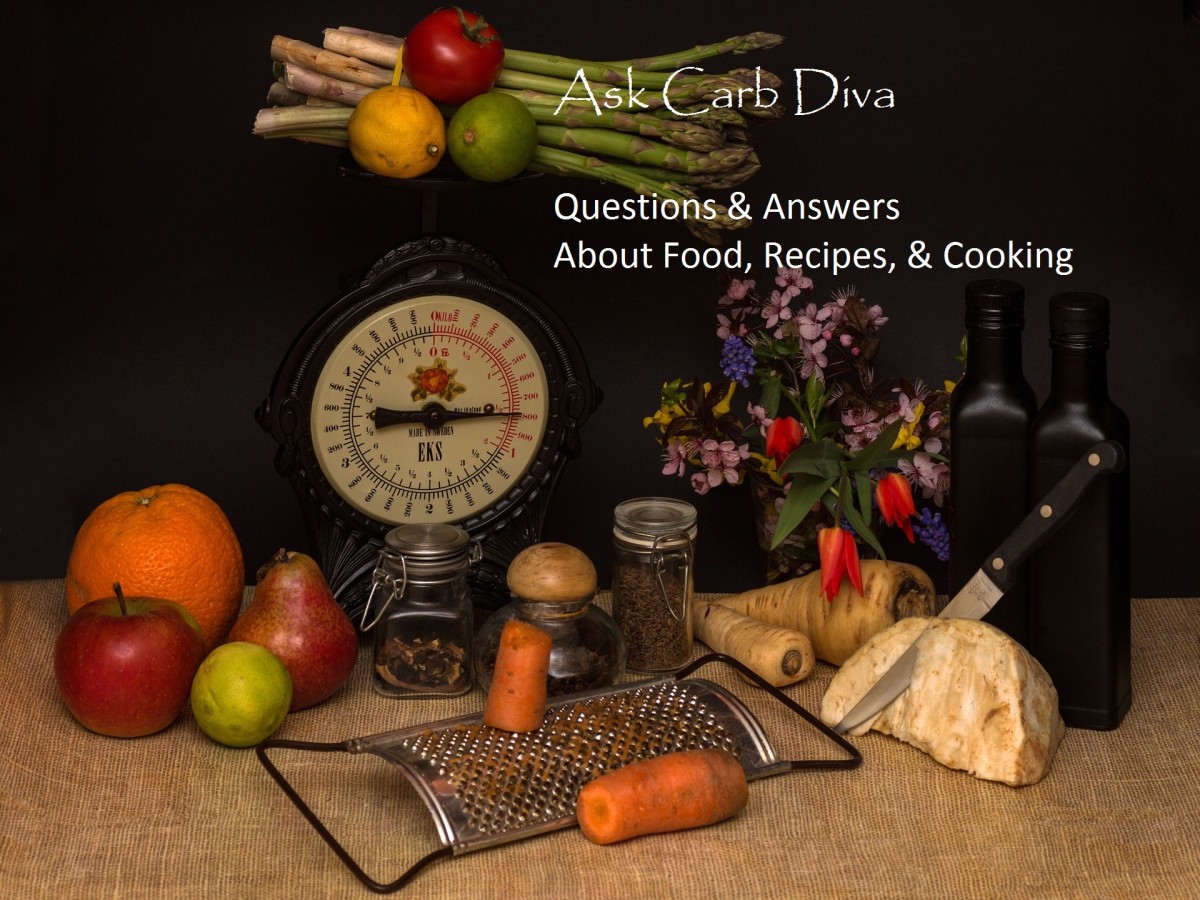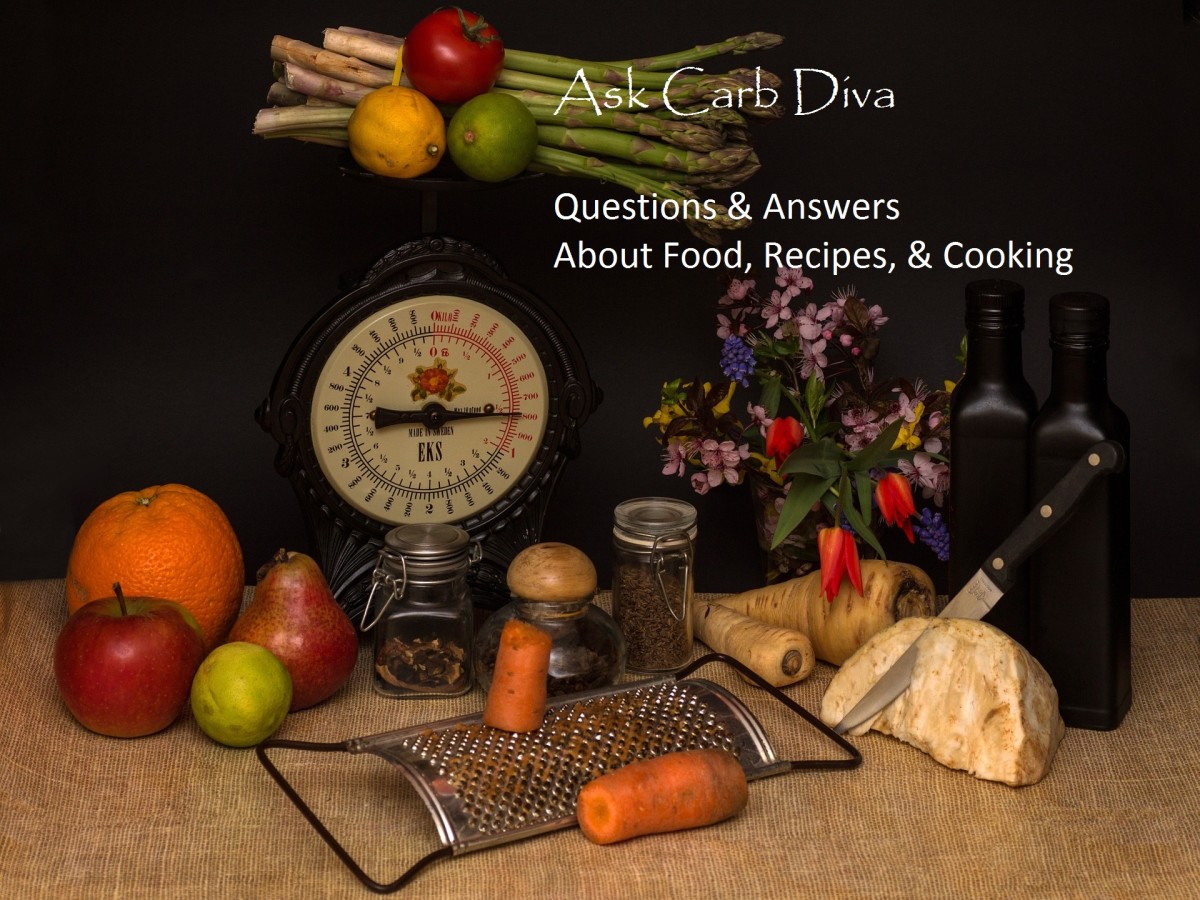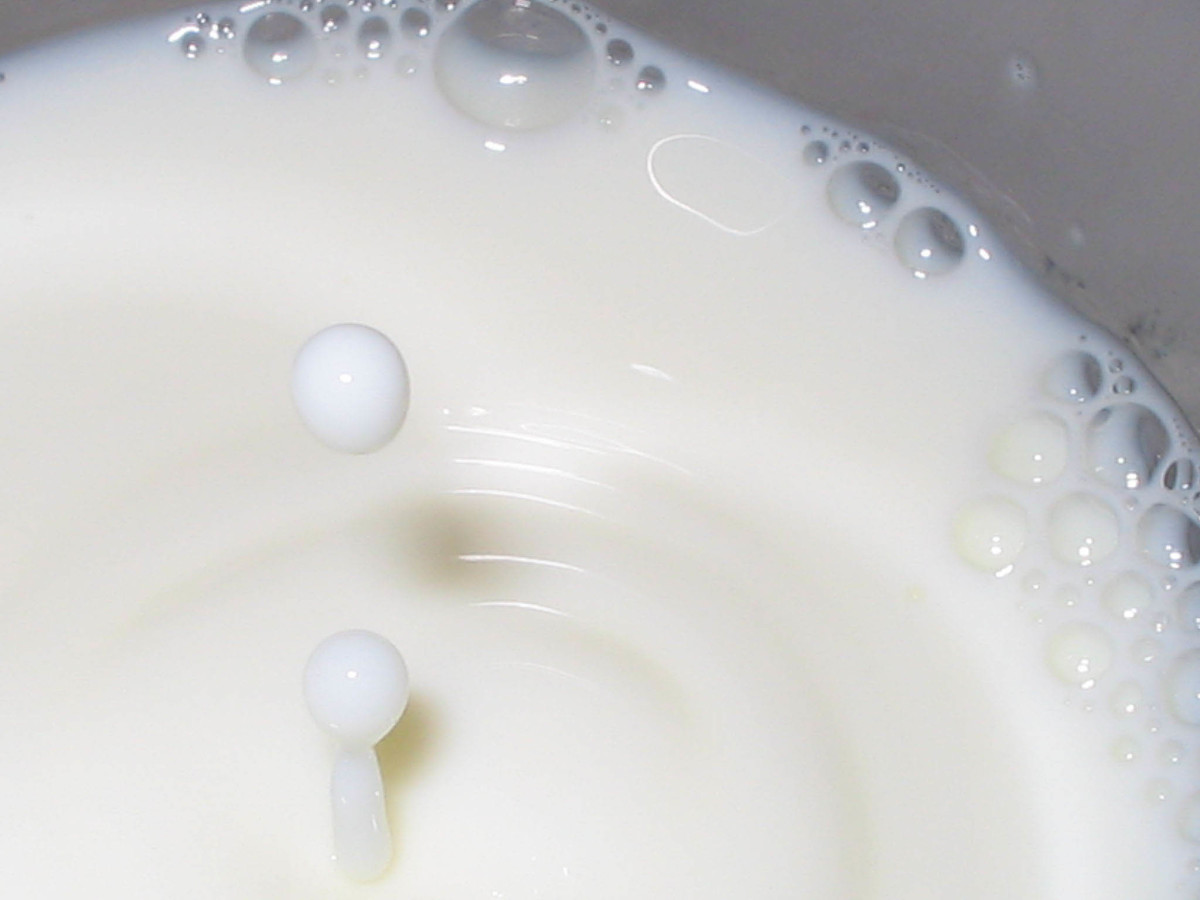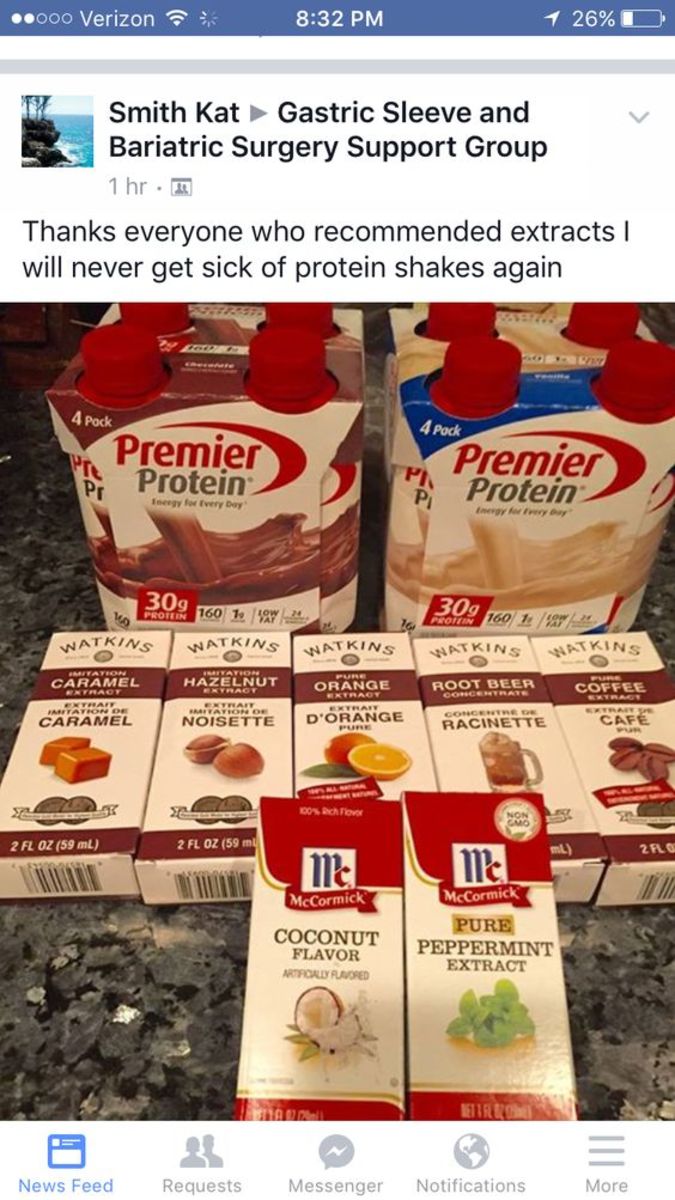Real Chocolate
What is Real Chocolate?
As with anything important, standards for luscious real chocolate have been thoughtfully established by the United States Government. Hard-working scientists and bureaucratic engineers put their heads together to derive a definitive definition for the Official List of Chocolate Ingredients. None dare call their product real chocolate without adhering to these guidelines. Woe betide any chocolatier who deigns to stray from Real Chocolate Rules.
Read on to learn precisely how our favorite candy comfort food must be concocted. Otherwise, browse away to mars.com and order up a family-size of M&Ms. The choice is yours: you must choose, but choose wisely.

Welcome to the U.S. Standards of Identity
The United States Standards of Identity comprise a suite of codified culinary cadences to which chocolate manufacturers are cajoled to capitulate. It's important. These standards stipulate the broad quality of a significant portion of the national food supply, including candy. Economic fraud is ostensibly avoided. Producers and consumers realize some level of protection. Without national standards, your hamburger might taste like a herring or your chocolate might have bacon in it. Mass supermarket confusion could result, resulting in long lines of stalled shopping carts in the frozen food aisles and spontaneous riots at the deli counter. It could happen.
Chapter IV (four) of the FD&C (Food Drug and Cosmetic) Act expounds on topics of such import as:
- Definitions and Standards for Food (Section 401)
- Adulterated Food (Section 402)
- Misbranded Food (Section 403)
- Dietary Supplement Labeling Exemptions (Section 403b), and
- Oleomargarine or Margarine (Section 407).
Certainly more sections exist, but Section 401 lays the groundwork for broad and sweeping powers granted to the Secretary of the FDA relating to general food identity. In the name of "honesty and fair dealing in the interest of consumers", the Sec Drug gets charged with defining what particular foods may contain before they can be labeled as those particular foods. We all win because all companies are treated the same and all consumers have the right to purchase these properly identified foods at their favorite greengrocer.
The Sec Drug even gets to designate optional ingredients that must be enumerated on labels. Everyone is placed on the same level playing field: all food providers and all consumers thrive under the same set of rules.
Except the folks at Big Fruit. Chapter IV, section 401 of the FD&C Act specifically exempts some fruity products with this text: "Any definition and standard of identity prescribed by the Secretary for avocados, cantaloupes, citrus fruits, or melons shall relate only to maturity and to the effects of freezing."
What do the standards say about Real Chocolate?
The United States Secretary of Food and Drugs defines real chocolate rather specifically. No manufacturer or vendor may vend a product labeled as "Chocolate" without adhering to a set of published rules or regulations.
For example, cocoa butter and milk fat may be the only sources of fat. In other words, no lard may be added or other sources of fat may be added.
What Defines Real Chocolate?
The Food and Drug Administration lays down some general and specific rules for different chocolate-based products...
Chocolate Liquor: It contains no alcohol, regardless of the name. Cocoa beans are fermented, dried, roasted, and separated from their skins.The product is manufactured through a grinding process that extracts a smooth liquid from the center of cocoa beans. It may not contain any vegetable fat, but it is about 53% fat by nature. By law it may be labeled as unsweetened chocolate, chocolate, baking chocolate, or bitter chocolate.
Semisweet, or Bittersweet, Chocolate: This wonderful treat results from the addition of cocoa butter and sugar to chocolate liquor. U.S. FDA requirements require at least 35 percent chocolate liquor in the final product. Fat content is allowed to float somewhat, but must average between 30-35 percent. Dark chocolate is another legally allowable name for semisweet chocolate.
Sweet Chocolate: Adding more sweeteners and cocoa butter to semisweet chocolate results in Sweet Chocolate.The amount of chocolate liquor must be maintained at a minimum of 15 percent to conform to the US FDA standard.
Milk Chocolate: To make milk chocolate manufacturers are permitted to add nutritive carbohydrate sweeteners, chocolate liquor, cocoa butter, milk (or cream), and flavors. These additional ingredients must agree with the US chocolate market because milk chocolate is the most common chocolate sold in the United States. This luscious concoction should include no less than 10 percent chocolate liquor and at least 12 percent milk solids.
White Chocolate: White chocolate is made under same rules as milk chocolate with the exception that it does not include the nonfat portion of chocolate. This wonderful candy must contain over 19 percent cocoa butter, at least 14 percent total milk solids, and less that 55 percent of any sweeteners.
Natural Cocoa Powder: Cocoa powder is essentially a product of fat-free cocoa beans. Fats are (mostly) removed, along with the shells, and the remainder is ground to a powder. To be called 'natural', cocoa powder may not chemically treated.
Alkalized, or 'Dutched', Cocoa Powder: Original cocoa powder is treated with an alkaline substance such as potassium carbonate. This reduces acidity and darkens the appearance. The nutrition label ingredient listing must identify that alkalization has taken place.
Dark Chocolate: Uh Oh. The US FDA has not settled on a standard for dark chocolate identity. Consumers insist on applying this term to both semisweet (bittersweet) and sweet chocolate because of the taste impact of the chocolate liquor in both products..








